Creating a new product is an exciting part of every new business venture. You’ve come up with your brilliant idea and are ready to turn it into a new product. If you’re new to product creation, the vast stretch between idea and marketplace can seem impossible to traverse, perhaps so intimidating most people won’t even try.
Industrial designers work for this exact reason—to help bridge the gap between ordinary men and women, their ideas, and the marketplace. The journey to a new product covers many steps. Here’s a look at product creation, from beginning to end.
Fuzzy Front End (FFE)

Many people will tell you the product development process begins at the concept stage, but this isn’t entirely true. Before the product creation begins, there is usually a disorganized movement towards an idea known throughout the industry as “Fuzzy Front End” or FFE. The concept of FFE was developed by an associate professor at the Stevens Institute of Technology, Peter a. Koehn. He conceptualized the early stages of product design before any formal organization occurred as FFE.
He described FFE formally in a meta-analysis and found that rather than being unnecessary disorganization before a project could be formally managed, it actually encouraged the success of a product.
FFE is best described as the time when an idea is selected from several potential opportunities and begins to coalesce into an idea that will one day be an existing product. Unlike every phase after the first idea, FFE can’t be made into a formal part of the design process. It is simply the general steps taken before the actual design.
The Idea

Eventually, either during a brainstorming session or only as a response to a pressing problem, an idea will be decided on. At this point, the process of the product becoming a real possibility goes from being a general and vague idea to an organized process.
If there is a great deal of risk involved, such as hundreds of thousands or even millions of dollars being invested into the idea, prudent businessmen will often invest in a market analysis before moving past this phase.
A market analysis helps look at customer interest, solutions to the potential problem customers have, and how well this idea solves those problems. A market analysis can help show if there is any interest in the idea before a considerable amount is spent on the creation of an unwanted product.
During brainstorming sessions, some business leaders recommend asking questions that force you to look at the product from different angles. Ask yourself, “If you were a second grader, how might you solve this problem?”
While the answer may not be the one that leads to a new product, changing up how you come up with ideas both allows the creative process to be more creative without being so open-ended as to be overwhelming. Choose the best six ideas and then narrow it down by looking at how well each fits with existing product lines, how well it fills a need in the market place, and its value in terms of problem solving.
Once the idea has passed this initial testing phase, it can then move on to a formal concept design.
Concept Design
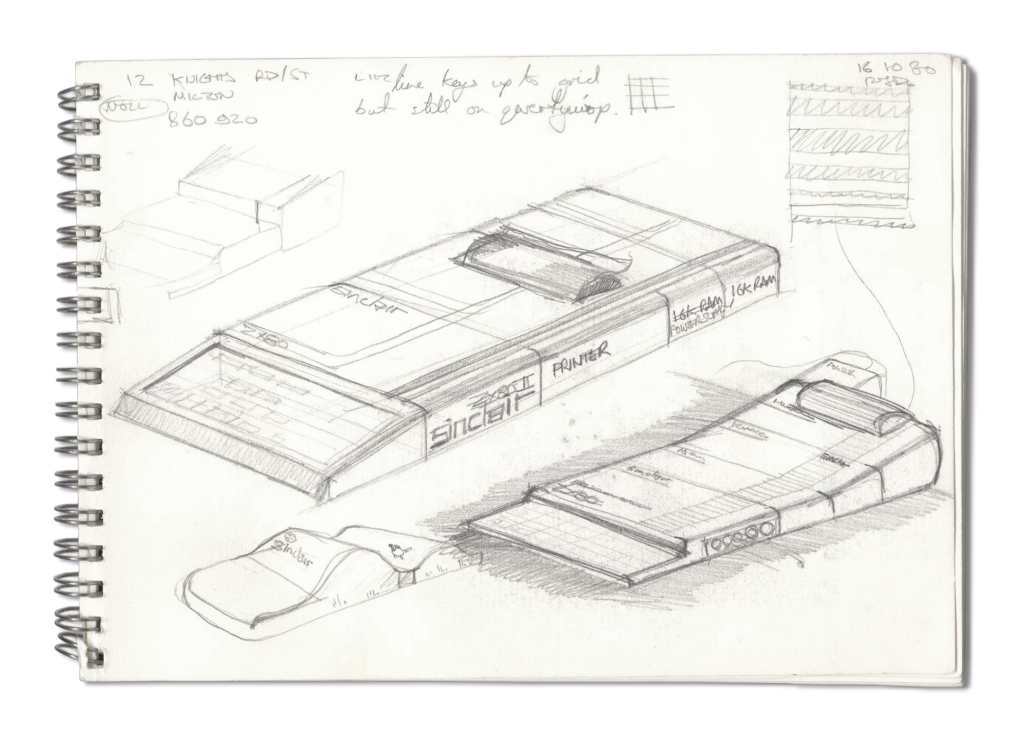
Before a product can be built, prototype or not, knowing how it functions and feels is a useful next stage. Product design services can use their skill to create realistic drawings of the product, renders, and 3D models to show how a product might work.
The concept phase is an essential step for more than just the planning of the product itself. This is the first chance for marketing and other teams related to the production of the future product to get a real look at it and help get their own phases going.
This is also the first chance to check for obvious problems and to fix any aesthetic design problems before time and money are invested in a physical replica. The concept phase can be very complex or simple. When a concept or even several have been agreed on, the next stage is to create a working prototype of the product.
The Prototype Phase
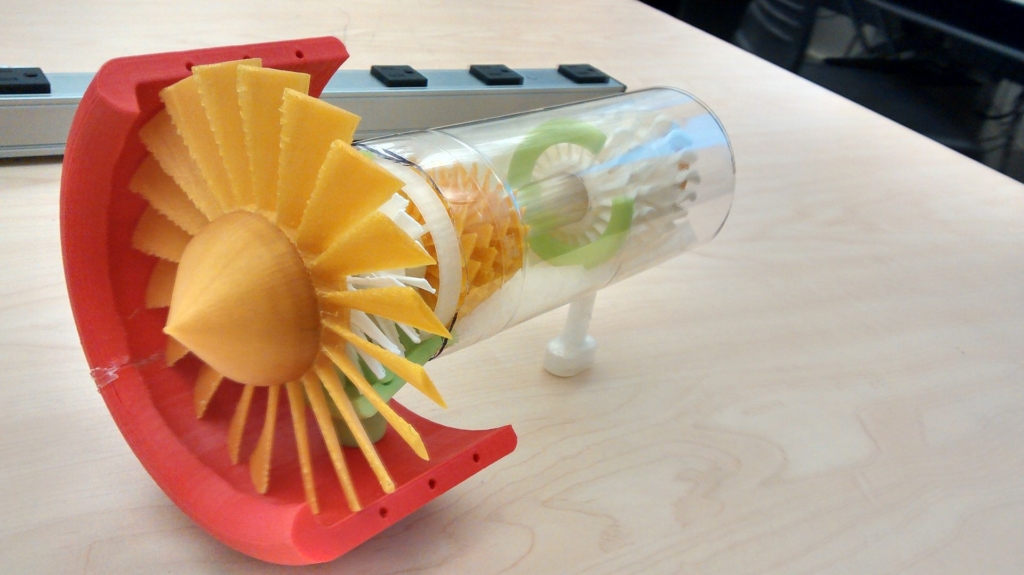
Once a concept has been nailed down, the first physical copy of the product needs to be made. A prototype pattern is essential to the creation of a new product to show potential manufacturers what the product is supposed to look like for testing purposes, and potentially for photos and fund-raising efforts.
The prototype does not need to be made of as good of a material or have all of the features of the final end product. In fact, the gaming industry has seen several promising games still in beta begin producing money for the business while still in the testing phase. Escape from Tarkov is one such game, already earning thousands of loyal fans even though it is still only about half completed.
There are companies out there who specialize in doing nothing but offering prototype design services due to the complexity and variety of needed products. The prototype for a toy might merely need to be 3D printed, whereas a high-tech new phone may need to be sent out for manufacturing to have a working model.
When the prototype is completed, it needs to be sent out for testing as the final stage before creation.
Testing

All products need to be tested before they are sent to the public. In some cases, there are laws that demand it, such as vehicle crash testing or feeding trials to ensure pet food is safe to feed long term to our animals.
In other cases, testing is more about catching errors and other embarrassing flaws before they cause a product to flop.
Small group trials are great for testing products because people with no experience with the product before are likely to try using the product in unexpected ways, drop it, pull on it, and put the product through stresses the creators of the prototype may not have thought of.
In the case of new technology, testing is also necessary to make sure the product works right in every situation, including ones that are difficult to control for. This is why fully autonomous cars are still in testing despite millions of hours logged on the road. There are still incidents where these autonomous cars have crashed, mainly due to the error of other drivers, but until all the bugs are worked out, the cars can’t become a normal part of society.
In recent years, CAD software has also become popular for use as part of the testing process. Some CAD programs can help calculate whether something will break under pressure, the strength of materials used, and other factors to help explore whether changes need to be made to the product for durability.
Finalization of the Product

No matter how carefully you have planned your original concept, chances are, you will have discovered changes that need to be made through the testing process. When all of the changes have been made, it’s time to turn over the product to an industrial design service so that the concept can be made ready for manufacturing.
If your prototype needed to be made by a manufacturer, it’s possible you may need to do this step earlier. Your industrial designer will be able to make the changes needed for you quickly and easily since CAD design is so much more efficient than pen and paper designs.
Industrial design is different than product design in several different ways. The industrial designer will take the concept of the product and make it ready for mass manufacture.
For a product to be manufactured at all, very detailed instructions need to be made for the product. The manufacturer doesn’t know where each bolt and screw need to be, how thick the plastic is, or what sort of material is to be used unless these instructions are given to them. If you show them a picture and ask for it to be made, chances are it won’t come out as expected, if they agree to try at all.
An industrial designer creates these instructions, providing the manufacturer with everything needed to make the product.
Industrial designers can also help with the aesthetics of the product, and also with branding as related to the product itself. A car, for example, is just a car until the curves and edges turn it into a Mercedes Benz.
Industrial designers are an essential part of this process and can do several things from updating the look on an old product, to make something more ergonomic, user-friendly, or aesthetically pleasing.
Even if you’ve already had a product designer on board for the concept phase, having an industrial designer look over the product can not only help you improve it but also fine-tune it to match your branding.
The Manufacturing Process
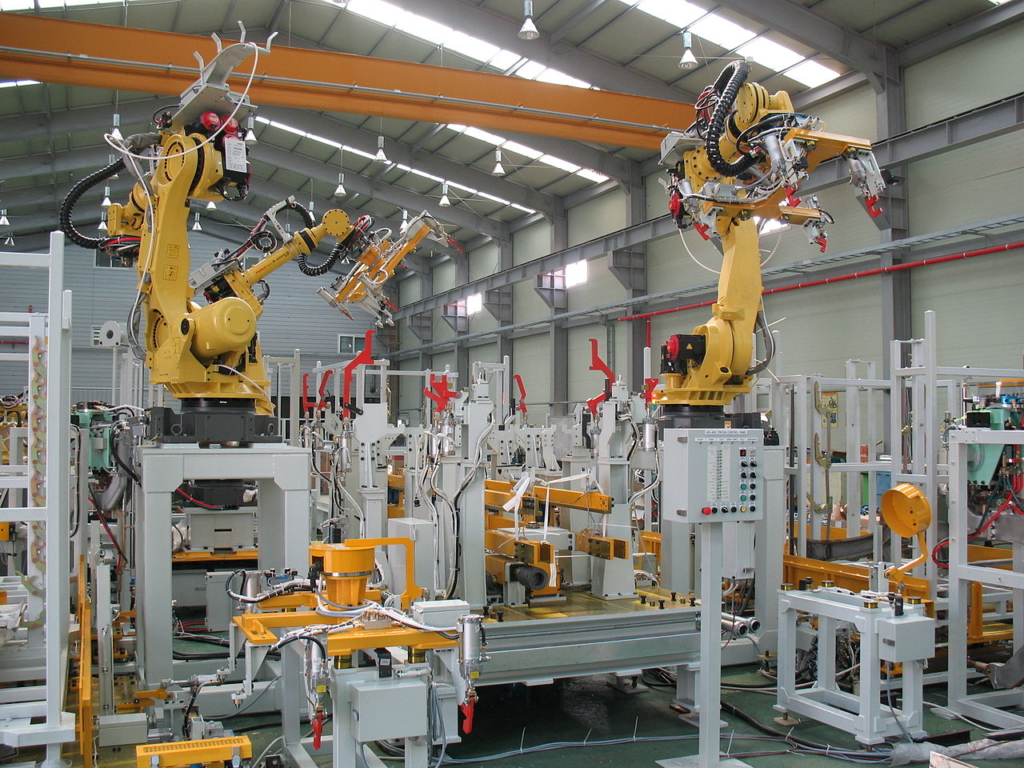
The manufacturing process begins when every other part of the project is complete. The instructions are sent to the manufacturer you have chosen to create your product. What happens next depends on what sort of product and manufacturing process you have chosen, but essentially, your product will be manufactured over the next few weeks, packaged, and sent to you.
How long it takes depends on the manufacturer, the product, and how busy the manufacturer is. It also depends on whether you have chosen foreign or domestic manufacturing. If you decided to get your product manufactured outside your country, you can expect slower shipping, as it takes longer for the product to reach you. Expect a few weeks for manufacturing and a few more to have it shipped to you.
If you’ve never manufactured a product before, you may not know who or where to get a product made with. This is one step of the process where you should do as much research as it takes to be satisfied. Manufacturing costs thousands or even millions, depending on the number of products being made and the expense of those products. Running off a large batch of products only to discover they are not what you expected can be a financial disaster.
If you’re not sure what to do, your best bet is to ask your industrial designer who they recommend for manufacturing. Industrial designers have worked with, or at least heard about, the results from dozens of different manufacturing companies. They will know who does good work, who has been problematic in the past, and which manufacturer best meets your needs.
If you’re not sure whether you need a domestic manufacturer or a foreign one, they may be able to look at your product and make recommendations based on your needs.
While you could do the research yourself, using websites such as alibaba.com or Kompass, you won’t get the same insider’s view as you would by asking someone in the industry for their recommendation.
If you’re not sure about the manufacturer your designers recommend, you can always get a second opinion, check reviews, phone the company, or take other steps to compare them to other companies. A recommendation isn’t a directive, but it is undoubtedly a useful first step in creating a product.
Once you’ve chosen between a foreign or domestic manufacturer, spoken with the company you want, and feel comfortable with the company, the next step is to do paperwork and send over the data for your product.
Your manufacturer will likely sign a manufacturing confidentiality agreement (which agrees they won’t sell your product idea), look over your prototype and designs, and ask any questions that weren’t 100% clear.
They may send you samples so you can confirm their quality and that nothing was made incorrectly. These may be full price, discounted price, or free depending on the manufacturer.
When both of you are satisfied with the product, mass manufacturing begins and your product is on its way to being ready for retail.
What Happens after the Product Is Developed?
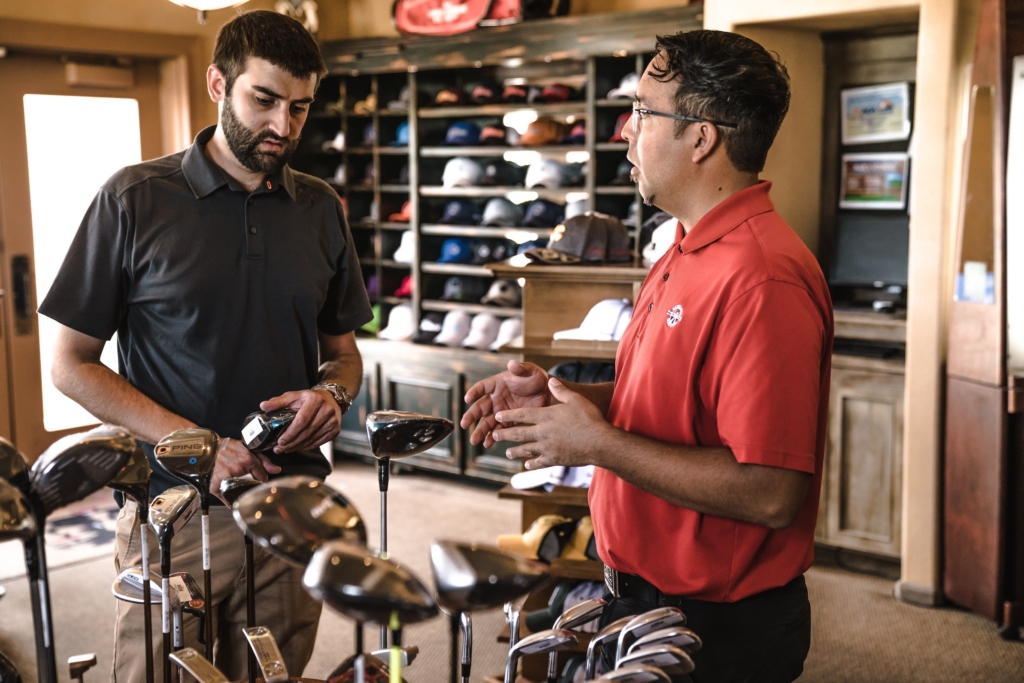
Once manufacturing is complete, the cycle of product development still isn’t over. A lot goes into the creation of a product, and the success of it depends not just on it being a functional product, but also how well it is advertised. Even the best product in the world won’t help anyone if nobody knows it exists.
A good advertising team can help do the necessary market research, come up with product launch ideas, and develop a good market strategy. You should be thinking about marketing long before the product is even available, as well as pricing and other essential marketing points.
How well the product takes is often entirely dependent on their introductory phase. Tactics for engaging customers vary, but how the product is initially priced is one of the significant ways you can influence purchasing decisions by customers. The two most common ways to introduce a product include a skimming strategy and a penetration strategy.
Skimming Strategy
A skimming strategy is where the initial price is set as high as customers will tolerate and then gradually lower over time. This is a comprehensive pricing strategy for new technologies, video games, and movies.
This strategy isn’t without risk. If the price is too high, customers may be unwilling to pay to be the first to have it. A high price tag may also encourage competitors to take their own products to market, seeing an opportunity made by the cost of the product.
A great example of skimming the market was DVD players when they first became available. Their original price point was $300–$400, but as time went on, and new competitors such as Blu-ray became available, their prices dropped. You can now find DVD players for as little as $50.
Skimming isn’t a great option if there is a great deal of competition or other factors such as format wars taking place. If a cheaper option is available, customers will usually take it, especially if the difference is huge.
Penetration Strategy
A skimming strategy works by setting the initial prices low and then gradually raising them over time. This is a great way to introduce a product in a highly competitive marketplace. A lower than average price point will encourage people to try your brand out, and the prices can be raised later after branding has given value to the product.
Although penetration strategy has its advantages, it’s also not without risk. If your long-term desire is for brand loyalty, you may find that once the product has been raised in price, your customers quickly flee. After all, if they were willing to change from their usual brands for yours because of the price point, what happens when that pricing changes?
Still, penetration pricing has its uses. A great example is on early bird specials, where the customer is informed the low prices won’t last, avoiding any expectations from the customers that the pricing will stay.
Penetration strategy can also help when your product has a lot of competition, but is much easier to use, or has better features. If new customers have a chance to try it and experience why the product is so much better than the one they were using, they may be more willing to stay as prices climb.
Growth Stage
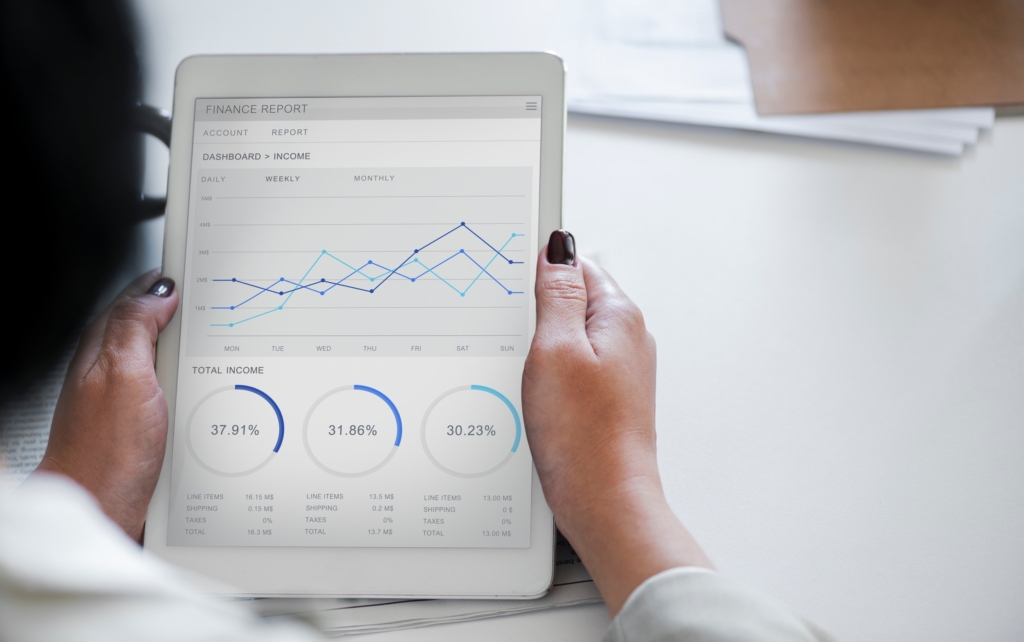
Once a product has been introduced, the next stage is to help products grow. This is the stage of the product where your advertising team will shine. During this stage, your product likely no longer has a buzz surrounding it like it did when the product was brand new, but with polished advertising focused on cleverness and quality, you can still prevail.
High-quality renderings of the product can help your advertising teamwork on bringing it to the world. A render doesn’t have to be carefully photographed in precise environments to look it’s best—it already does. It can also be rotated, lit, and placed on various backgrounds without time and money spent on making a physical object do the same things.
Your advertising team will look at a variety of ways to get the message out there. This could mean standard advertising such as radio and television ads, Google search advertisements, or using social media influencers to help gain attention for the product. Reviews and unboxings on YouTube are also a possible method.
During the growth stage, the price of the product will likely drop as more competitors enter the market. As the price drops, more customers are encouraged to purchase the product as it becomes more affordable.
Typically, this stage is also the most profitable of the life cycle of a product. During this stage of the product, the extreme startup costs are no longer a factor. You also benefit from more significant consumer awareness thanks to branding and marketing.
Things to Consider

From concept to finished product, getting a new product out in the world has a lot of steps to it. Whether or not a product will be successful or not hinges on each step being thoughtfully taken.
Without a good concept, the product is sure to fail even if it is properly manufactured and advertised. Even if a great many people love the concept and purchased the product, if it was poorly manufactured or not adequately engineered to work comfortably, the product will quickly flop.
If it seems like there’s too much to keep track of, hiring a company that is experienced in developing consumer products may be the right answer for you. These companies already know developers, industrial designers, and manufacturers who can help get your product going. If you lack experience, this may be the best step to take.
Product creation is always exciting, and once you understand how a product is made, creating new and better products only gets easier.
